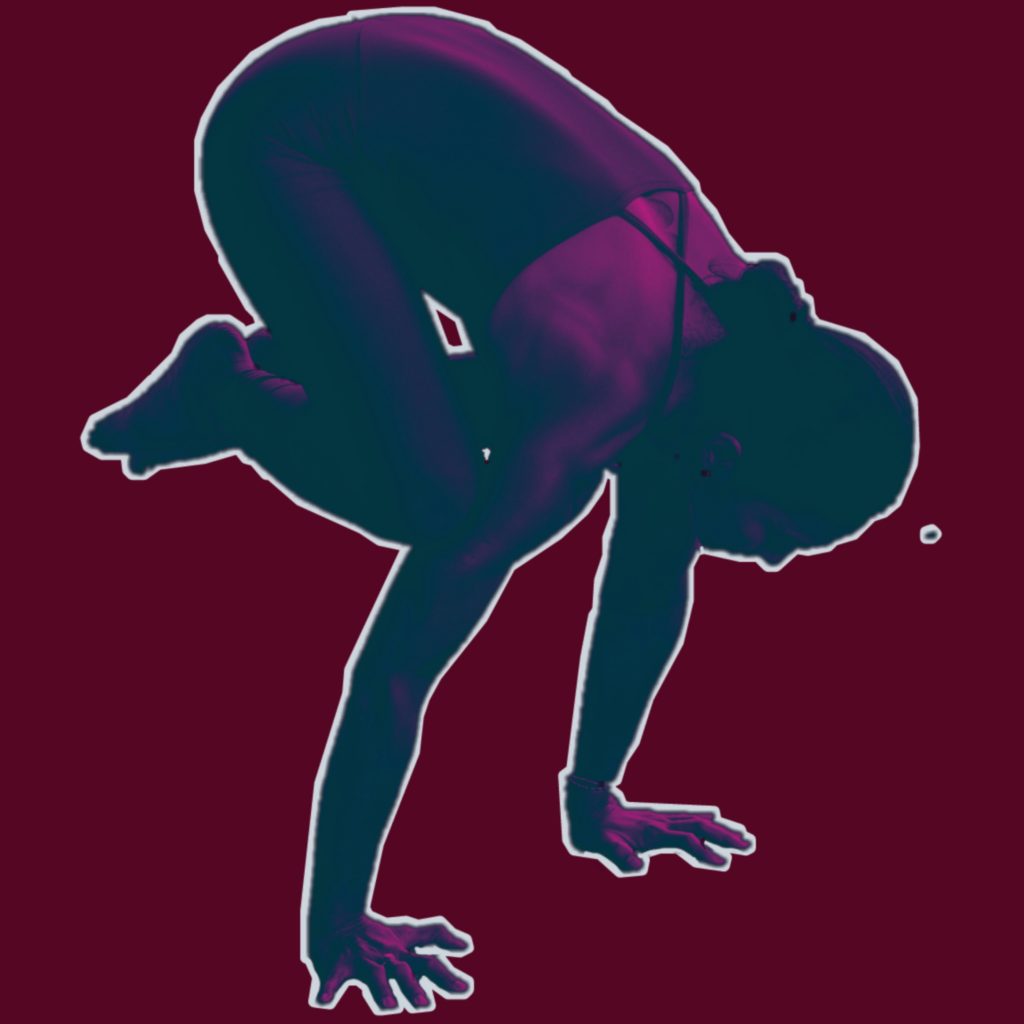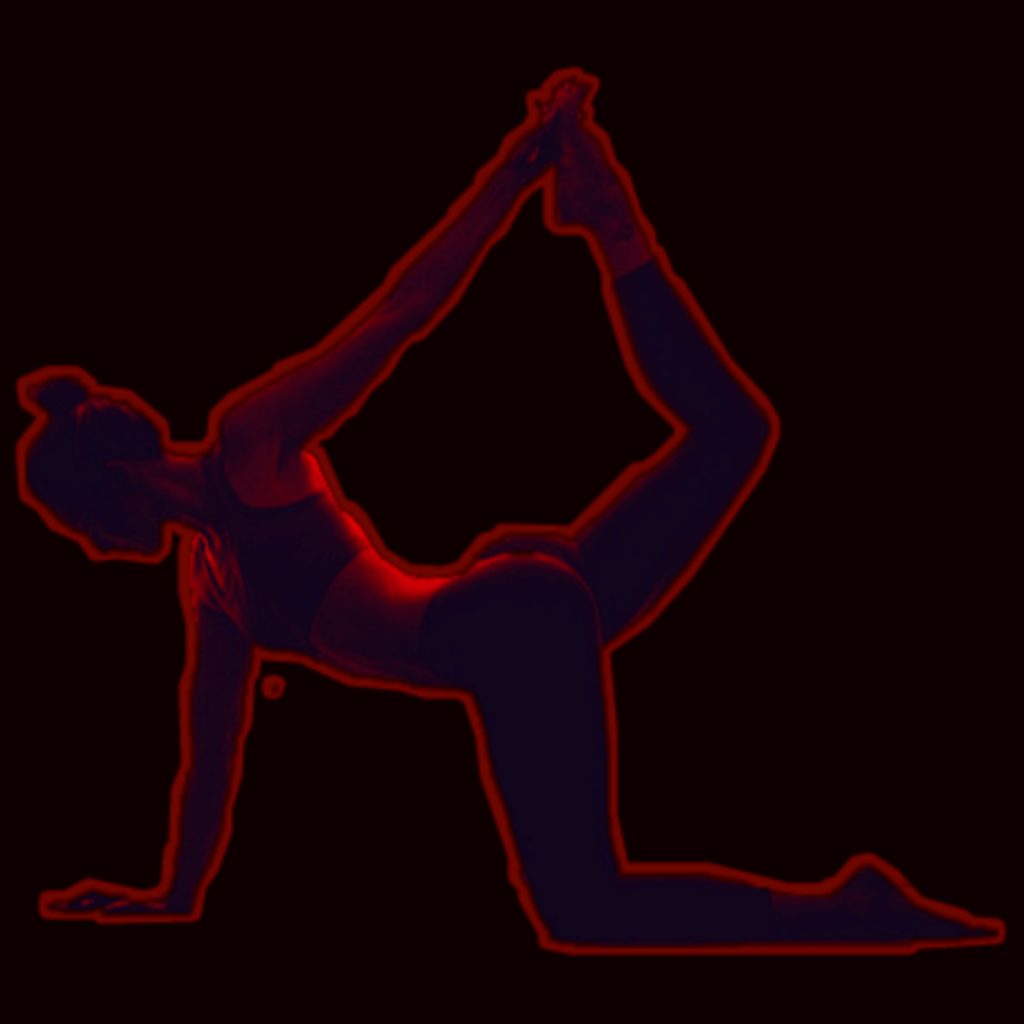Cult Couture: Don’t You Want to Be Like Lululemon’s Ocean?
Who’s That Girl?
She’s in her late twenties, perhaps her early thirties. Her clothes are cute. They hug every curve, compliment her skin tone perfectly and still look professional. Maybe, she’s just come back from an invigorating hike or her daily morning jog. She doesn’t look sweaty, or unkempt. She looks perfectly in place at this upscale coffee shop as she speaks to the barista with a familiar tone and smile.
That girl is you, if you buy enough Lululemon. Until then, you can just call her Ocean.
The Birth of Ocean
Ocean was Chip Wilson’s muse. The founder of Lululemon cites her as his reason for the brand’s international success. When Wilson first began conceptualizing the brand, he had a crystalline image for a woman that would represent his target audience.
The image came to him after he attended a yoga class in 1997. He realized that there was an untapped market for women’s athleisure wear. Many of his female peers complained about the lack of comfortable, yet durable workout apparel available to them. Soon after, the first Luon fabric prototype was born and tested by Wilson’s yoga instructor. She sang of its praises.
It wasn’t too sheer, but it wasn’t a sweatsuit. It looked beautiful and so, she was made to feel beautiful.
“I bet you women will buy millions of them,” Wilson recalled after the successful creation of his Lululemon prototype. “I was probably the only straight guy that was making women’s apparel, and I knew what a guy liked.”
Wilson’s idea for Lululemon was hip and sexy. A girl who wore Lululemon should be the kind of girl everyone wanted to be, or be with. The world was at her fingertips. She was put together, healthy, vibrant and above all else, desirable. In 1999, the first Lululemon brand logo would appear on a pair of leggings, cheekily placed where the waistband met the small of the back.
This was something that Ocean would wear.
The Life of Ocean
Ocean was a changeling woman, at first. Her features hadn’t set on her face, but she was who Wilson pictured when drafting designs for Lululemon. She could be poised and polite, wispy and long. She could also be tall and confident, chiseled from stone and glistening with muscle. Ocean may be soft and curved, gentle in her features and warm with kind eyes.
Ocean was a state of mind, more than she was an actual model or person. In every iteration, her only consistent feature was that she was perfect.
Wilson’s major ideals for Ocean came from what she represented as a “32-year-old, professional, single woman,” who poignantly “makes $100,000 a year.” Presumably, her income kept her in a rotating variety of Lululemon brand “athleisure.”
The image of Ocean did work, at first. She brought Wilson his first success. Consumers loved Ocean for a decade. They grew with her and brought more changes to the lore of her life. When Ocean materialized a companion, aptly named Mountain (and formerly known as Duke), Lululemon saw a brand expansion into men’s athleisure wear.
She had taken on a life of her own by the mid 2000’s. Ocean was no longer Wilson’s muse, alone. Soon, she was integrated into the Lululemon business model. Wilson figured that he should foster a work environment where she would flourish.
Wilson raised starting wages almost 30% higher than local market rates. He wanted to unlock the potential of his employees through a collection of self-actualizing meditative practices. Break rooms became the Oasis, where employees could declutter the mind between shifts. Thanks to Landmark Worldwide training, open communication was the standard for all Lululemon employees.
Employees of Lululemon, called Educators, were introduced to the concept of Ocean. There were images of the imaginary woman they were expected to either lure or become. Empty inspiration boards in back rooms were made to be filled by Educators’ two, five and ten-year life plans. Wilson wanted them to be motivated.
By this point, Ocean was a mantra. She was a shell that anyone could crawl into if they worked to make themselves fit. She was proof that anyone could have it all if they just stopped “waiting to implement changes,” in their lives. “Do it now! Do it now! Do it now!”
All seemed well. Those employed by Lululemon flaunted their coveted positions.
Every move Ocean made at the helm seemed to steer the brand towards greater mainstream success. That is, until she suddenly didn’t.
The Death of Ocean
In 2011, the “Lululemon Murder,” would take place in Bethesda, Maryland. Jayna Murray, a Lululemon Educator, was dead. Another, Brittany Norwood, was bound and left for their store manager to discover upon opening hours the following morning. The sleepy, affluent town was rattled by the gruesome crime, perplexed by the apparent robbery-gone-wrong.
The twist being that the crime wasn’t random.
One of the supposed victims, Brittany Norwood, had actually staged the scene after attacking and murdering her fellow Educator. The lengths that Brittany went to cover the extent of her crimes is chilling. As more details arose, it was revealed that she even brought a size 14 men’s shoe to change into and leave behind as falsely implanted evidence. The same shoe size as Mountain and his creator, Wilson. Any money missing from the register was a part of the staging. Brittany only valued one thing that night: Lululemon.
That’s right, a person was indeed murdered over a pair of leggings.
Brittany broke under the tremendous weight of Ocean’s expectations. Even during her taped police interview, Brittany sat cross legged in a suit of athleisure wear. She couldn’t afford to keep herself in a constant state of Ocean-level preparedness. So, Brittany took what she saw as necessary action to maintain her superimposed image of Ocean.
Soon after word broke of the sordid, “Lululemon Murder,” Educators began speaking out. Mary Mann, a former Educator at the time of the murder, wrote an essay divulging what was really going on behind those closed Oasis doors.
She painted images of her peers doing crunches and handstands in the break room with maniacal fervor. The dream of meditative relaxation that Wilson had spun in interviews dissipated. There was no self actualization. There wasn’t room on the idea boards once Ocean had filled them all. There were juice cleanses and ritualistic fasting, despite the body-positive approach Lululemon seemed to adopt. Self-help books admonishing gluten became gospel, and Ocean was its god.
“Do you think that Ocean would wear this?” Mary’s former coworker had asked her once, as she modeled a purple and white jumper suit. When Mary expressed confusion at the idea of this mysterious Ocean, her coworker scoffed, “who trained you?”
The nameless employee then worked to fill Mary in on the history of Ocean.
“Mary, we all want to be Ocean. That’s why we all work here.”
The Rebirth of Ocean
This wasn’t the end of Lululemon which meant that, by extension, it would not be the end of Ocean.
Following the “Lululemon Murder” media storm, Lululemon needed to rebrand.
After a series of career ending public faux-pas, Wilson stepped down as the CEO in 2015. His version of Ocean and Mountain would depart with him, leaving behind only the faded memory of Pinterest worthy life-goals.
Ocean and Mountain were briefly used as blank slates in online training modules. They were faceless web tools. Any possible similarities ended in their namesakes. Ocean became vague and employee shaped, asking a digital customer “how she likes to sweat.” This, in reference to a system used by Lululemon to help consumers determine what kind of workout gear they need.
When the training modules were revamped at the start of 2021, Ocean and Mountain were downgraded to mannequin status. The only remnant of their existence is relegated to barcodes on plastic hands and feet meant to match the corresponding arms and legs together.
In this way, Ocean does live on, posed and perfect in storefront windows, beckoning to shoppers.
“Don’t you want to be like Ocean?”





























